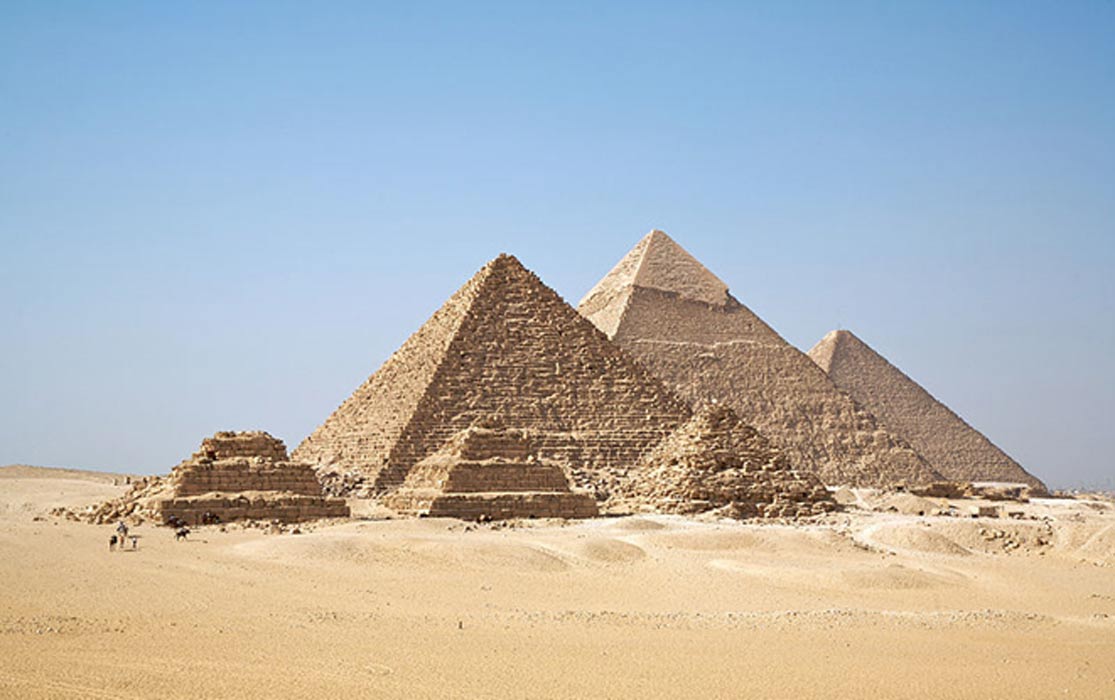
Queens Pyramids and the Zep Tepi: Primary Planning During the Apex of the Golden Age
Since the beginning of the nineteenth century and for the middle of the twentieth, an excessive and erratic haste to visit and explore ancient Egyptians ruins took place, as if the Ultimate Truth on mankind’s distant past could emerge from the ancient sands of Egypt. This Gold Rush culminated in the late forties, when the imaginary curve on the Cartesian’s axes, crept down, slowly, inexorably, plummeting to the lowest point in modern times.
Nevertheless, there are many mysteries yet to be discovered.
Mysteries, Investigations and Assumptions
A description of the Giza Plateau is a very difficult exercise. Those of us who had the opportunity to visit the wonders of Egypt will be able to confirm how many buildings were erected in the desert sands, during the pre-dynastic and dynastic age; An heterogeneous system of monuments, houses, warehouses, clefts, wells integrated into a whole, like lines of a poem from ancient times.
Giza is the absolute definition of the chaos theory; dominated by two types of buildings, very different in shapes and functions: the pyramids and their giant fences, and the Sphinx and its majestic temples.

The Sphinx and Great Pyramids of Egypt. (Source: BigStockPhoto)
For centuries, those mysterious buildings drew researchers’ attention and tourists’ interest. At the same time, scholars tried to make sense of the meaning of pyramid architecture, with negative results.
In the past, scholars and alternative researchers wrote many archaeological treatises and voluminous books on the wonders of Ancient Egypt and, particularly, on the pyramids of Giza, driving the mind beyond the bounds of all imagination, to solve the mysteries of the most famous archaeological site in the world.
Nevertheless, Egyptologists did not yet achieve the correct interpretation of the monuments’ function. I think that all hypotheses, theories, intuitions, assumptions so far widely proposed, are fueled by factors independent of archaeological evidence. The absence of a unique method of investigation, partly due to the shortcomings of protocol procedures, makes less and less believable all theories proposed both by scholars and by alternative researchers.
Differentiation among “school of thought” is a further example of what must never again be allowed to happen. In fact, its only mission is to confuse the matter even further, in a field under constant review, but without any scientific credibility. The many factors influencing archaeology are inspired by personal conflicts and not by a sense of pure professional duty.




